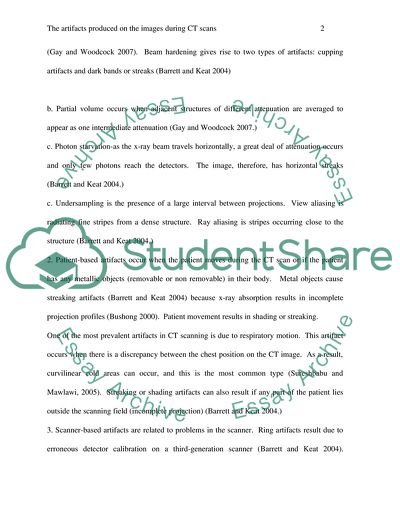Cite this document
(The Artifacts Produced on the Images during CT Scans Case Study, n.d.)
The Artifacts Produced on the Images during CT Scans Case Study. https://studentshare.org/health-sciences-medicine/1726206-the-artifacts-produced-on-the-images-during-ct-scans
The Artifacts Produced on the Images during CT Scans Case Study. https://studentshare.org/health-sciences-medicine/1726206-the-artifacts-produced-on-the-images-during-ct-scans
(The Artifacts Produced on the Images During CT Scans Case Study)
The Artifacts Produced on the Images During CT Scans Case Study. https://studentshare.org/health-sciences-medicine/1726206-the-artifacts-produced-on-the-images-during-ct-scans.
The Artifacts Produced on the Images During CT Scans Case Study. https://studentshare.org/health-sciences-medicine/1726206-the-artifacts-produced-on-the-images-during-ct-scans.
“The Artifacts Produced on the Images During CT Scans Case Study”. https://studentshare.org/health-sciences-medicine/1726206-the-artifacts-produced-on-the-images-during-ct-scans.


